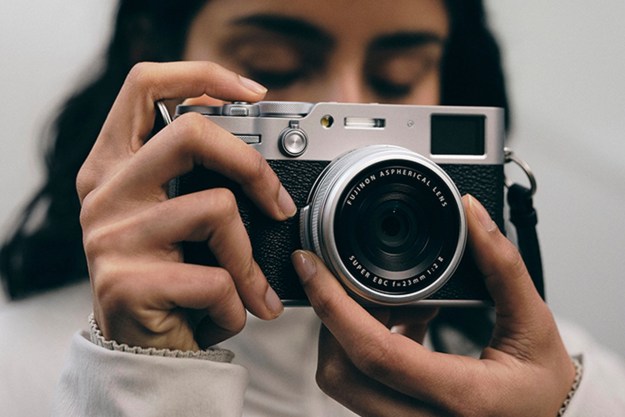
A digital camera’s sensor heats up the longer it is exposed to light and when the sensor heats up, it is more prone to creating noise in an image. A bit more noise may not be a big deal under many circumstances, but adding small grainy dots to an image of tiny pinpricks of light can create a significant quality issue.

The Nikon D5500a Cooled solves that problem by adding a cooling mechanism to the back of the camera. That mechanism will eat away the camera battery and add a good bit of weight to Nikon’s mid-level APS-C camera, but astrophotography offers an image quality boost during those long exposures. The cooling mechanism allows the user to adjust the temperature of the sensor as well as the speed of the cooling fan with controls on the back.
Along with that large cooling back, the modified camera also adds a sensor filter designed specifically for photos of the night sky. The sensor filter increases the camera’s sensitivity to the red wavelengths.
The modifications also include an anti-dewing system and a power cable — since the cooling mechanism needs too much power to shoot on battery alone. The adjustments also mean that the tilting touchscreen cannot fold into the back of the camera for storage.
According to PrimaLuceLabs, the modified D5500a offers the quality of CCD cameras designed specifically for astrophotography, but is simpler to use, since the dedicated CCD astronomy cameras require a laptop to shoot with.
That modified camera will cost a cool $2,422 without a lens though, quite a hike from the plain D5500’s $650 list price.
Editors' Recommendations
- Nikon launches the Z9, a pro-grade camera without a mechanical shutter
- The best cheap cameras
- The best Nikon cameras, from DSLRs to superzooms




